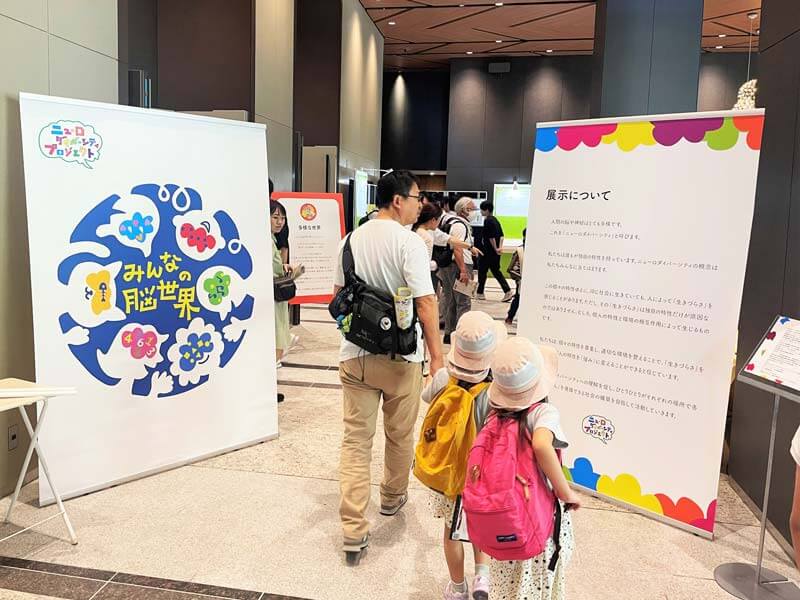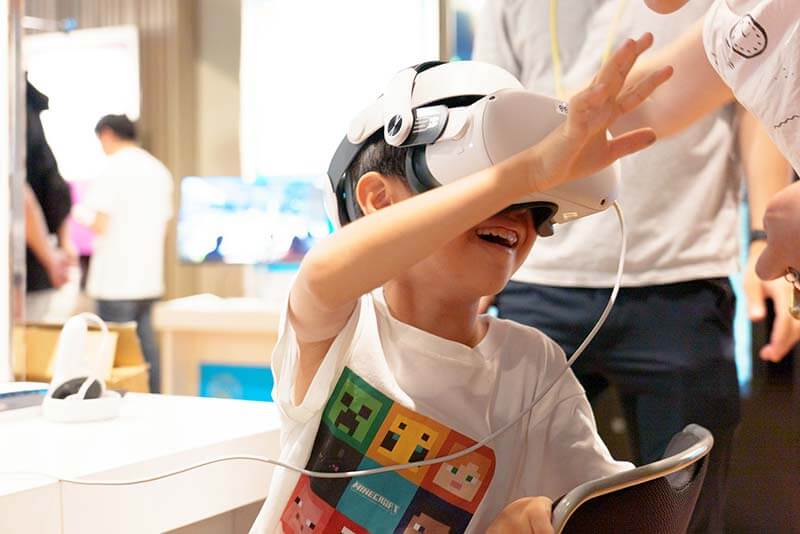The Key to the Future: Neurodiversity
Joichi Ito Collaboration with KMD “Everyone’s Mindscapes” exhibit
In September 2023, about 30,000 people gathered in Takeshiba, Tokyo, for “Change Tomorrow,” a largescale event which allowed attendees to experience futuristic technology. This was the third iteration of this event, with attendees enjoying a variety of exhibits, one of which incorporated audience participation called “Everyone’s Mindscapes: Neurodiversity Exhibition 2023.” This “Everyone’s Mindscapes” exhibit marks the first step in the Neurodiversity Project led by Professor Nanako Ishido. “Neurodiversity” refers to the understanding that all people are diverse due to neurological differences.” The exhibit, which was based on this concept, aimed to create a society in which anyone can express their skills and abilities.
One of the core members of the exhibition is the president of the Chiba Institute of Technology, Joichi Ito. He has been instrumental in promoting a better public understanding and acceptance of neurodiversity, primarily through his work in the United States. In his words, “Up until recently, developmental disorders were treated as something that needed to be cured, and people were drilled to become more ‘normal.’ Looking forward, we must try to make a society in which everyone is able to live happily as their authentic selves. Neurodiversity, a concept which, in its broadest sense, even includes dementia, is relevant to every single person out there.”
Throughout the exhibit, there were a variety of booths with research experts representing organizations from industry, government, and academia. They presented practical and technological solutions to ways that we can make progress towards a more diverse society. The core ideas running throughout these solutions were to empower individuals and to redesign their environments. For those who suffer from physical disabilities or maladies, the scientists displayed the latest in technology that can complement or expand upon their abilities. Meanwhile, to address the issue of redesigning the environment that surrounds us all, attendees were given the example of how some people with visual impairments have trouble distinguishing between when a traffic light is red or green. They were then asked, “what if the lights were not red and green?” Professor Ishido said, “There are so many ways that we can adjust things on the environmental side to solve issues, allowing more people to demonstrate their potential. We need to rethink what we have considered ‘obvious.’ I believe that ‘diversity is the wellspring of innovation.’”
Professor Ishido said that as a result of hosting this exhibit, not only were general attendees given the opportunity to interact with cutting-edge research and technology, but the staff who worked at each of the booths were able to get to know each other as well, which may serve as a catalyst for future cross-disciplinary breakthroughs. With such a positive response to this year’s event, she is already hoping to expand the scale and scope of their exhibit for next year. “Our starting point is to help people understand that everyone plays an active role in shaping our society. This exhibition is a social movement. It is meant to encourage concrete actions towards a better future.”
(This article was written in March 2024.)

